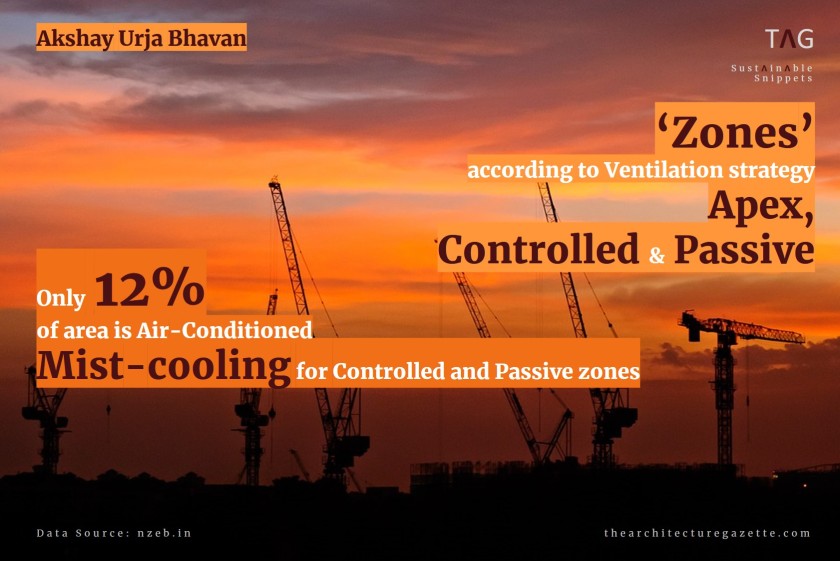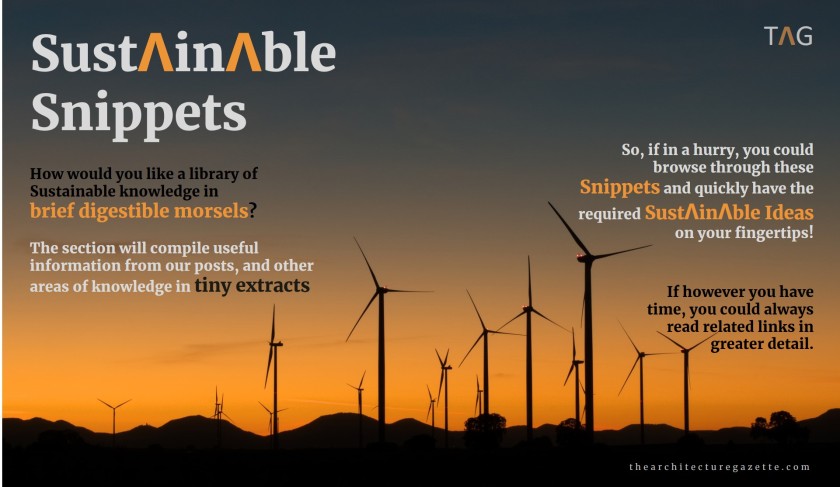CapitaGreen is a 82,000 sq.m., 43-floor skyscraper in the Central Business District of Singapore1. The Video looks at its design for Sustainable Ventilation.
45 m1 tall Wind-Catchers atop the skyscraper are oriented towards the prevailing wind direction2. Designed to scoop winds at this elevation, they channel air down a core known as the ‘Cool Void’3. Air from the cool void spreads horizontally through the levels, reducing Air-Conditioning loads.
Read the whole article here–
Video Source:
The Architecture Gazette | Sustꓥinꓥble Snippets
Music Source:
“My Best Melody” catatau5 | Link
Data Sources:
- CTBUH. CapitaGreen – The Skyscraper Center. http://www.skyscrapercenter.com/building/capitagreen/13978. Accessed July 8, 2018.
- GreenA Consultants. Capitagreen:: GreenA Consultants. http://www.greenaconsultants.com/our-work/capitagreen/. Accessed July 8, 2018.
- CapitaLand Commercial Trust. CapitaGreen | CapitaLand Commercial Trust. http://www.cct.com.sg/our-properties/singapore/capitagreen/. Accessed July 8, 2018.




